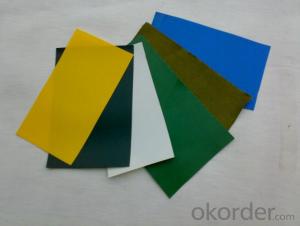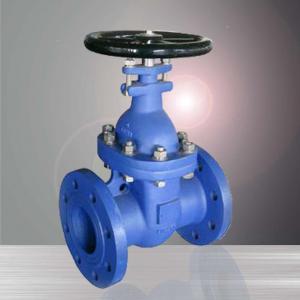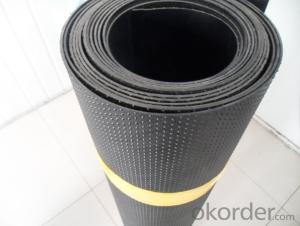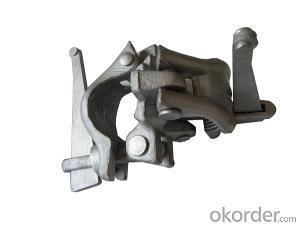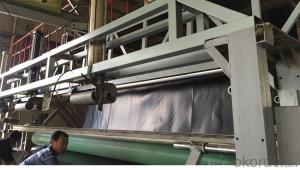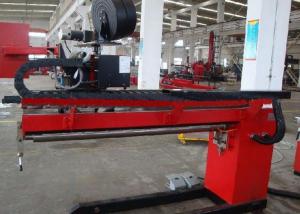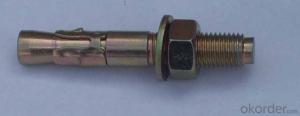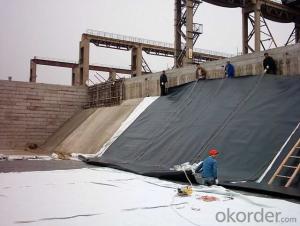Geomembrane Wedge Welder
Geomembrane Wedge Welder Related Searches
Blu Ray Player With Internet Geomembrane In Pakistan 30 Mil Pvc Geomembrane Pvc Geomembrane Specifications Pvc Geomembrane Geomembrane Machine Plastic Geomembrane Nonwoven Wallpaper Geomembrane Material Geomembrane FabricHot Searches
Geomembrane For Sale China Pvc Geomembrane China Geomembrane Roll Sheet Hdpe Geomembrane Sheet Price Hdpe Geomembrane China China Geomembrane Geomembrane China Hdpe Geomembrane Price Geomembrane Price Wholesale Hdpe Geomembrane Roll Geomembrane Factory Wholesale Liner Hdpe Geomembrane Wholesale Geomembrane Hdpe Wholesale Hdpe Geomembrane Geomembrane Market Size Wholesale Hdpe Geomembrana Wholesale Liner Geomembrane Geomembrane Liner Supplier Wholesale Geomembrane China Pvc GeomembraneGeomembrane Wedge Welder Supplier & Manufacturer from China
Okorder.com is a professional Geomembrane Wedge Welder supplier & manufacturer, offers integrated one-stop services including real-time quoting and online cargo tracking. We are funded by CNBM Group, a Fortune 500 enterprise and the largest Geomembrane Wedge Welder firm in China.Hot Products
FAQ
- Geogrids improve the stability of levees by providing reinforcement and increased tensile strength. These engineered materials are placed within the levee structure, creating a network of interconnected elements that distribute and withstand the forces exerted on the levee. This helps to prevent slope failure, soil erosion, and potential breaches, ultimately enhancing the overall stability and safety of the levee system.
- Yes, geogrids can be used in stormwater management applications. Geogrids are commonly used to reinforce and stabilize soil in various construction projects, including stormwater management systems. They can be used to enhance the strength and stability of retaining walls, embankments, and slopes, which are essential components of stormwater management systems. Additionally, geogrids can help reduce soil erosion and improve drainage, making them a valuable tool in stormwater management.
- Yes, geogrids can be used in soil reinforcement for oil and gas pipeline projects. Geogrids are commonly employed to enhance soil stability, prevent soil erosion, and improve load-bearing capacity in various construction applications, including pipeline projects. They provide reinforcement to the soil, reducing the risk of settlement and ensuring the long-term integrity of the pipeline infrastructure.
- Who knows the laying method of geogrid?
- Roller compaction of C. rubber tyred roller.D. 50? 0,.3mm of the fixed iron sheet, the requirements of flat angle, the edge of the appropriate chamfer treatment, 2 inch steel nails (high quality cement nails)When the e nail fixation method is used for laying fiberglass geogrid, one end is fixed on the lower layer of the structure of the asphalt layer which has been sprayed with a fixed iron sheet and a nail. When the grating is tensioned longitudinally, the glass fiber is in a straight and tight state.
- How to fill in the geogrid evaluation form
- Detection method and frequency in accordance with the requirements, the other reference to your command requirements!
- The recommended spacing between geogrid layers can vary depending on the specific application and design requirements. However, in general, a spacing of about 1 to 2 feet (30 to 60 centimeters) is often recommended. This allows for proper interlocking and interaction between the geogrid layers, ensuring optimal load distribution and stability. It is important to consult with a geotechnical engineer or follow the manufacturer's guidelines to determine the appropriate spacing for a particular project.
- The effect of geogrid aperture size on performance is that it directly influences the soil's interlocking capability with the geogrid. Smaller aperture sizes enhance the interlocking mechanism, leading to improved load distribution and higher tensile strength. On the other hand, larger aperture sizes may reduce the interlocking efficiency, potentially compromising the geogrid's overall performance in terms of reinforcement and stabilization.
- What is the tgsg15-15 geogrid
- Plastic geogrid with high strength steel wire (or other fiber), through special processing, and polyethylene (PE), and adding other additives by extrusion become composite high strength tensile band, and surface roughness is embossed, high strength reinforced Geotextile










